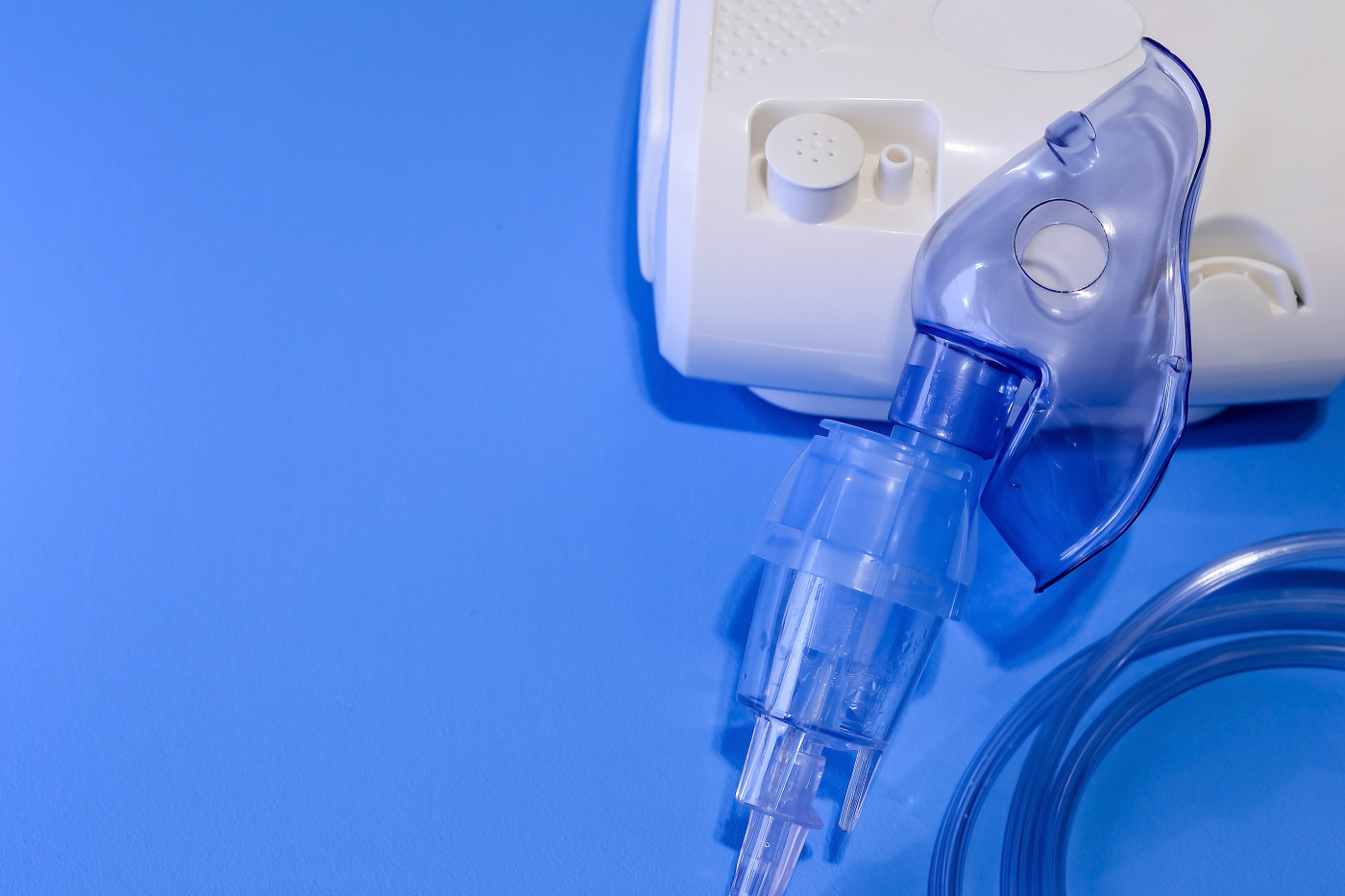COPD Patients With Acute Exacerbations Should Receive Noninvasive Ventilation Regardless of Certain Characteristics, Study Suggests
Written by |

Patients with chronic obstructive pulmonary disease (COPD) who are experiencing severe exacerbations should receive noninvasive ventilation, regardless of factors such as older age, low body mass index (BMI), left heart dysfunction, and abnormal levels of gases in the blood, a study suggests.
Researchers in the study found that these characteristics do not influence hospital mortality and NIV failure during the first six hours of ventilation.
The study, “Predictors of outcome of noninvasive ventilation in severe COPD exacerbation,” was published in the journal BMC Pulmonary Medicine.
COPD exacerbations are acute episodes in which patients experience a significant aggravation of symptoms, including increased breathlessness, cough, mucus production, and extreme fatigue. If not addressed, these episodes can lead to permanent lung damage, hospitalization, and in some extreme cases, death.
These acute episodes are commonly treated with rapid-acting bronchodilators (to improve blood flow and oxygen transport to body tissues), systemic steroids, antibiotics, and controlled oxygen therapy.
Adding NIV to these treatments for patients with acute respiratory failure and accumulation of carbon dioxide due to impaired gas exchange has resulted in lower rates of endotracheal intubation (ETI) — invasive ventilation directly through hole done in the windpipe — and overall mortality.
“However, incorrect patient selection at admission or under-recognition of NIV failure leads to delay of ETI which subsequently is associated with increased mortality, with reported failure rates that vary between 9 and 50%,” the researchers wrote.
NIV failure may be caused by lack of trained staff, over-reliance on NIV effectiveness, secondary disease complications, and lack of specific recommendations regarding optimal duration and settings of NIV, they suggest.
These researchers in Romania conducted a small single-center study to identify predictive factors that could affect NIV outcomes in COPD patients who had been hospitalized for acute exacerbations.
The observational prospective study enrolled 89 COPD patients — 45 men and 44 women, with a mean age of 67.6 years — who experienced acute exacerbations that required NIV. All participants were followed at a respiratory intermediate care unit of an academic medical center between 2016 and 2017.
Of the 89 COPD patients, 11 (12.4%) failed to respond to NIV and experienced respiratory failure requiring invasive ventilation. Only one of these 11 patients survived and was successfully discharged.
Additional analyses revealed that NIV failure was associated with the number of days patients had to remain on NIV, their length of stay in the hospital, in-hospital mortality, and kidney dysfunction. In-hospital mortality was linked to the number of days patients had to remain on NIV and to the patient’s respiratory function as measured by forced expiratory volume.
All other factors that the researchers analyzed, including patients’ age, BMI, left heart dysfunction, and the levels of gases in the blood after NIV, were not found to have a significant impact on NIV outcomes or in-hospital mortality.
“These findings support the extensive use of NIV in [COPD patients with acute exacerbations] irrespective of these characteristics, similar to current recommendations,” the researchers wrote.
They also found that the number of days patients had to remain on NIV, as well as the number of hours patients had to stay on NIV during the first 72 hours after being admitted to the hospital, were both independent predictors of their total length of stay at the hospital.
“Each increase of [seven hours] in NIV duration in the first 72 [hours] resulted in approximately one more day of hospital stay,” they reported.
Left heart dysfunction and blood acidity were also associated with the number of days patients had to remain on NIV, while BMI values and the levels of blood gases before NIV intervention were associated with the mean inspiratory pressure required during the first 72 hours of NIV. Mean inspiratory pressure is a ventilator setting that is directly correlated with the mean strength of the patient’s respiratory muscles.




